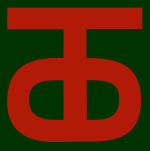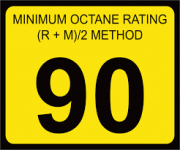USS Pinckney, DDG-91.
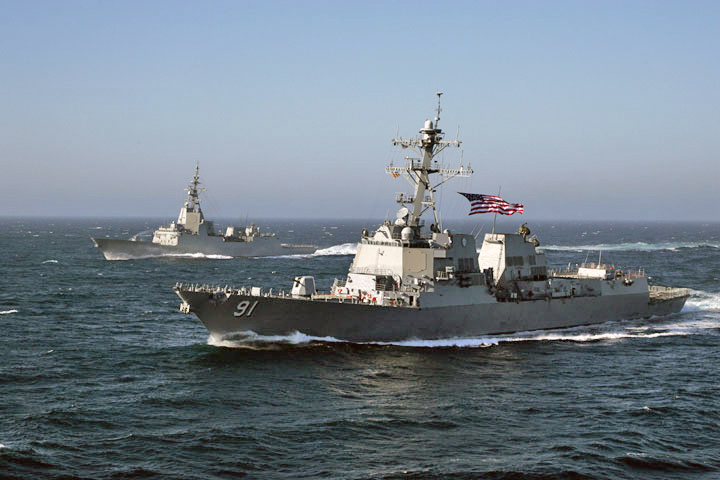

https://en.wikipedia.org/wiki/USS_PinckneyUSS Pinckney (DDG-91) is an Arleigh Burke-class destroyer in the United States Navy. She is named for African American Officer's Cook First Class William Pinckney (1915–1976), who received the Navy Cross for his courageous rescue of a fellow crew-member on board the aircraft carrier Enterprise (CV-6) during the Battle of Santa Cruz.
Pinckney was laid down on 16 July 2001 by Ingalls Shipbuilding, at Pascagoula, Mississippi; launched on 26 June 2002; and commissioned on 29 May 2004 at Naval Construction Battalion Center Port Hueneme.
As of January 2018, Pinckney is home-ported at NS San Diego, and assigned to Destroyer Squadron 23.


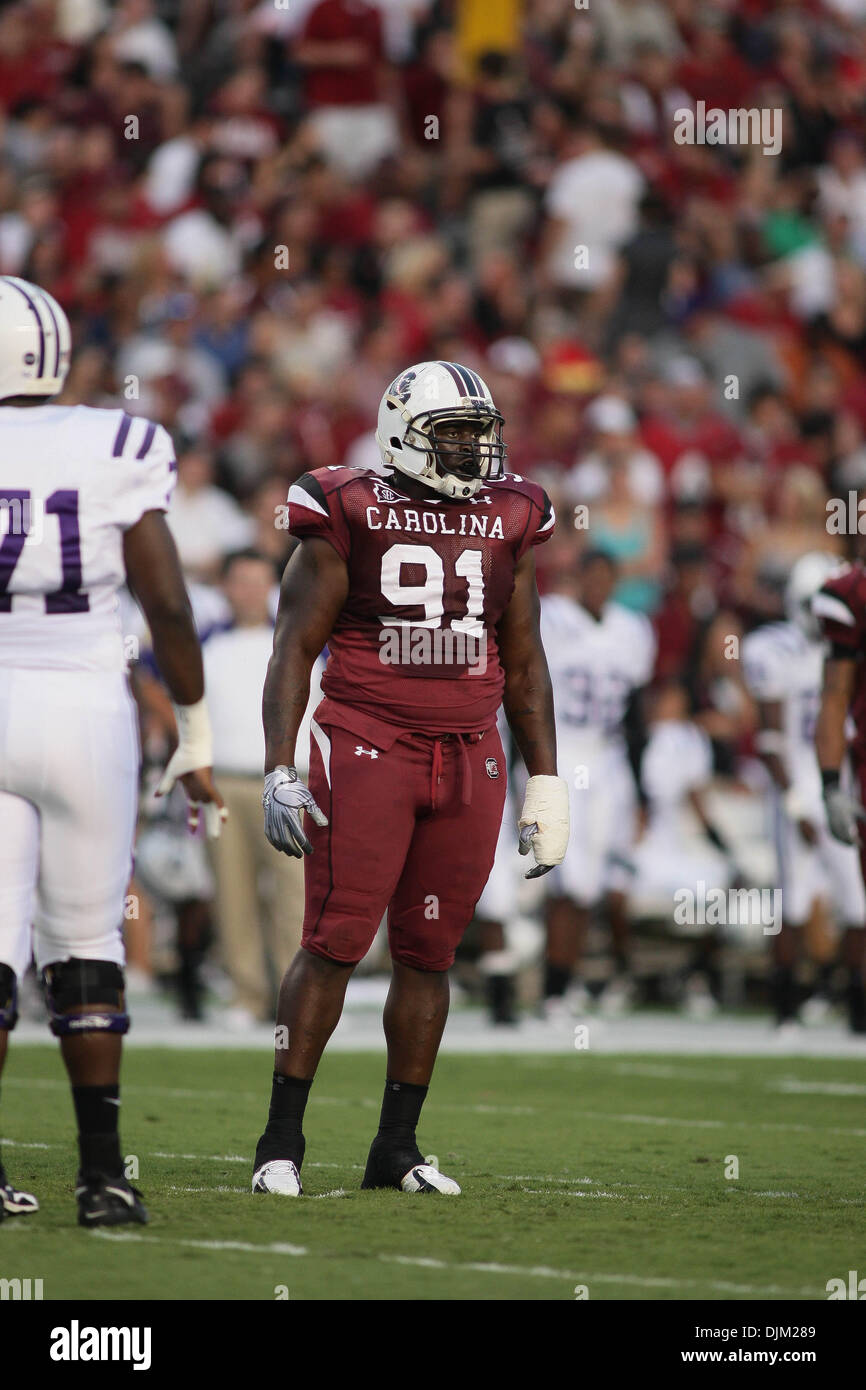

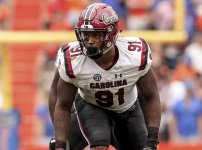







_in_August_1944.jpg)

_underway_off_Hawaii_in_March_2014.JPG/1920px-USS_Chafee_(DDG-90)_underway_off_Hawaii_in_March_2014.JPG)
/cdn.vox-cdn.com/uploads/chorus_image/image/13900321/153590955.0.jpg)
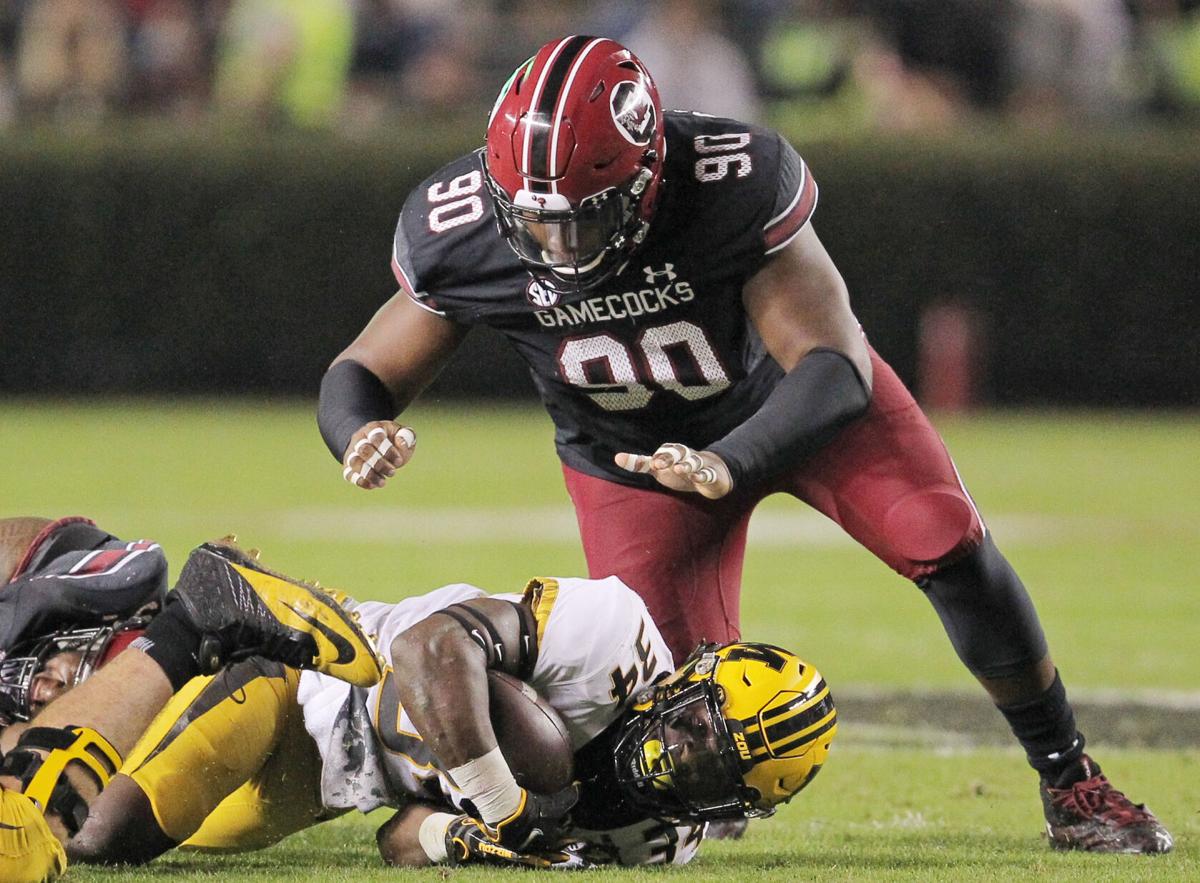
.gif)


